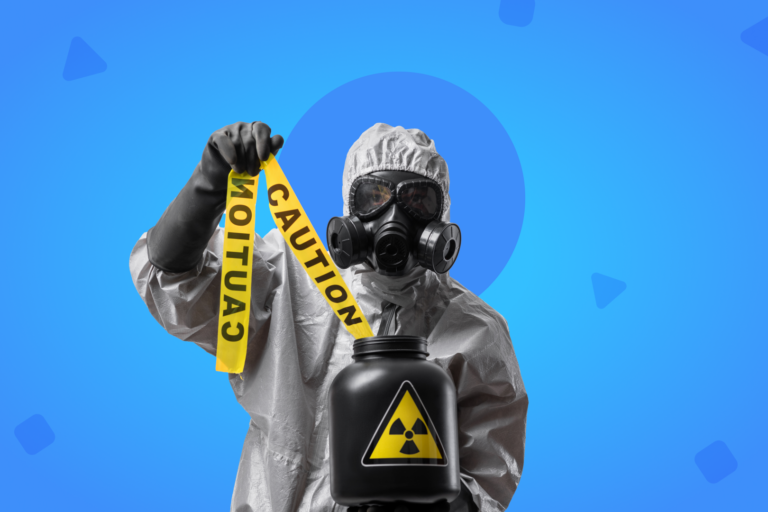The constant challenges faced by the food industry in terms of quality and safety impose the fulfillment of a series of requirements to satisfy the demands of an increasingly demanding market. And in view of this reality, the authorities have developed norms that seek standardization and compliance with those requirements and one of the most important is certification through the BRC audit.
One of the most important is the BRC certification and, like other food safety standards such as the German IFS, the Australian SQG and the Dutch HACCP, they propose quality and food safety protocols that seek to ensure supplier compliance and offer tools that guarantee retailers to market products safely and with the highest quality.
What the BRC certification is?
Currently, the British Retailers Consortium (BRC) certification is one of the world’s safety standards for quality and food safety. Produced by the British large distribution chains in 1992, it is focused on the retail trade, although the supermarkets with their own brands also comply with them.
Although it is immediately associated with food manufacturing, the BRC certification also applies to packaging, warehousing and distribution, being a recognition that is granted to companies that have undergone an audit, complying with the global BRC standard for the food safety.
Why is it important to conduct a BCR audit?
Obtaining a BCR certification is a consequence of meeting all the standards required and reviewed by an audit. Therefore, the process is considered an opportunity to optimize the work of companies, offering greater reliability and security to both suppliers and customers.
Among the benefits that stand out when performing a correct BCR audit we highlight:
- Compliance with current legislation
- Transparency throughout the production chain
- Greater security for customers and suppliers
- Tools to ensure control in all stages of production
- Legal defense for security incidents
- Management system that aims to satisfy the quality and performance of food safety
- Reduced product waste and better work performance
- Access to local or international markets that require this standard
- International recognition for compliance with food safety regulations
Preparing for a BRC audit: How to do it?
- Gather all the documents that prove constant management of food safety
- Consider all the requirements requested by the BRC
- Conduct internal audits to identify and reduce shortcomings
- Contact an external auditor to perform the BRC audit to access the certification
Requirements imposed by BRC
The BRC certification process involves an audit and, depending on the qualification obtained, requires a recertification audit every 6 or 12 months. In it, a series of requirements that we expose below are evaluated:
- Commitment of senior management to guarantee the implementation and continuous improvement of food safety processes
- Standards for the establishment and maintenance of an ideal place for food production
- Creation of product and process controls that ensure consistent quality maintenance
- Training of personnel to follow hygiene protocols and use personal protective equipment
- High risk, high care and high environmental care production areas
- Implementation of a marketing system called Hazard Analysis and Critical Control Points (HACCP) to help identify and manage risks in food production.
- Food safety and quality management system for the management of the safety of food
- production and the timely information of workers
- Buyers and sellers of marketed products that process and package them properly to avoid any type of contamination
Fixing the most common errors in BRCs
Although everyone seeks to avoid them, errors or what are often called nonconformities are common in a BRC audit. To solve them and get certified, you need to consider:
- Flow diagram – Review in detail each stage of the production process in the plant, in full operation, at least once a year or whenever if there is a change.
- Risk assessment of purchased products – Each raw material or input must undergo an assessment to identify potential risks to the safety, legality and quality of the product. Suppliers must be evaluated and the packaging material in contact with the product must also be evaluated.
- Traceability – Aiming to ensure the identification of all raw materials and inputs, establishing a system to know the path of each element.
- Supplier approval and traceability – Those who provide raw materials, including packaging, must be constantly evaluated to ensure that they effectively manage potential risks and have traceability processes in place. These must be verified as soon as a new supplier is approved and the process must be repeated at least every 3 years.
- Factory doors – Because they communicate the areas where products are displayed, exterior doors must remain hermetically closed and in good condition during production periods, except in emergencies. Review and awareness of the workers is essential.
- Chemical control – The handling and storage of chemicals requires processes to avoid chemical contamination. To avoid a nonconformity at this point, internal audits and periodic reviews at the plant are key. Rigorous procedures are suggested for the approval of purchases of chemical elements, storage and that all the departments of the company are involved in the management of this point.
- Authenticity of the product – The supply chain must have all the information on past and present threats that represent some risk of adulteration or substitution of raw materials. Therefore, those responsible for managing this point must have some degree of training related to basic issues of food fraud.
Performing digital BRC audit
Obtaining a BRC certification implies a methodical work that considers the collection of a large amount of data. Currently there are a number of digital solutions that considerably facilitate these tasks.
Cloud-hosted solutions help optimize data collection and storage. Mobile applications replace the large number of papers that previous processes required and allow working from an office or traveling on site to each place that corresponds to audit.
Information processing, including the review of photographic evidence or other elements, can even be carried out through a mobile phone, facilitating the rapid transfer of data and avoiding the loss of material crucial to the process, which allows a more efficient work and with a considerable reduction of time, key factors in the current world.






